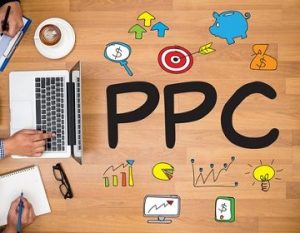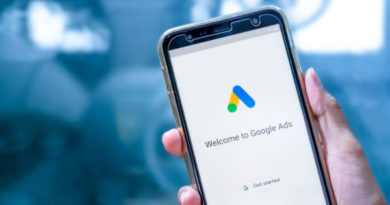Best of 2017: Our top 5 articles in PPC
As we come to the end of 2017, we’ve decided to take a look back at some of our most-read articles throughout the year. For the rest of this week, we’ll be highlighting the top five most popular articles in various categories across the site.
Yesterday, we kicked things off with a look at our top 5 articles about SEO, and if you missed that one, it’s definitely worth a read. Today, we’ll be turning our attention to the other great staple of Search Engine Watch content: PPC.
We covered some fun ground with our PPC articles this year, from emoji in AdWords ad titles to the psychology of ad copy, to the impact of Google’s new ‘Ad’ label on marketers. Let’s not waste any more time – here are our top 5 articles from 2017 about PPC.
#1: Emoji appear in Google AdWords ad titles
This was an interesting one. Just a couple of weeks after we wrote about Google’s decision to bring emoji back to the SERPs, emoji were spotted in the wild in AdWords ad titles, suggesting that Google had decided to go the whole hog in embracing emoji in both organic search and paid search ads.
Sadly, the test doesn’t seem to have lasted in the case of paid search, as Google’s official stance is still that emoji are “invalid characters” – but there have also been recent reports of people being able to bid on emoji in AdWords. Either way, the combination of fun emoji news with a potential big change for search marketers makes it no surprise that this was our most-read article about PPC in 2017.
#2: The psychology of language for paid search
When it comes to PPC best practice, there’s a vast amount of ground you can cover, from keyword bidding to demographic targeting, AdWords reports, landing page optimization and everything in between. But how often do we talk about the actual copy of the ads that are supposed to get consumers’ attention?
According to Sophie Turton, Head of Content and PR at Bozboz, people don’t buy what you do; they buy why you do it. In her presentation at Brighton SEO in April 2017, she explained how search marketers can use psychology to make their paid search ads more effective. Tereza Litsa sums up the key highlights in an informative piece for Search Engine Watch.
#3: 10 online marketing strategies to make you a unicorn [infographic]
It’s hard to go wrong with a good infographic, and Larry Kim of Wordstream has a great one which brings together 10 online marketing strategies to make you a unicorn – one of those magical campaigns that’s so effective, it performs in the top 1-3% of all marketing campaigns.
Sound like a dream come true? Check out Larry’s infographic, whose points he expands on in further detail in his post, and find out why you need to forget everything you know about Conversion Rate Optimization.
#4: How to target high-income consumers with AdWords
There are many industries in which being able to target high net worth individuals with your paid search campaigns is extremely useful. If you think that AdWords doesn’t have this function, you might want to think again.
Wesley Parker reveals the secret behind a “deeply hidden gem within AdWords”, currently available for U.S. locations only, which allows you to target people based on their household income. With step-by-step instructions and screenshots, he explains exactly how to set this up, as well as how you can use layered targeting to pull in multiple different demographics.
#5: How will Google’s new ‘Ad’ label impact marketers?
In a major development for PPC, Google began testing a new look for its ad labels in January of this year, and in late February confirmed that this would be rolled out globally.
The new white label with green text and a green outline replaced the green label that was launched in June 2016, and blends much more seamlessly with the rest of the ad placement, perhaps creating less of a contrast between organic and paid search results. Clark Boyd considered Google’s motivation for the change, and the possible impact on search marketers.



